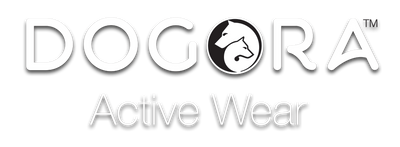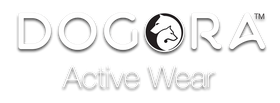Spring Care

We associate spring with warmer days, paired with long walks outside with our 4-pawed pals but spring also brings some hazards we should be aware of.
“A Bugs Life”
Along with spring, unfortunately, come ticks, fleas, and other creepy crawlies looking to attach themselves to our pets. Ticks have been known to become active in temperatures as low as 5ºC/41ºF.
It’s important to contact your veterinarian to learn about the different types of prevention methods that best suit your pet’s needs.
Also, don’t forget to check your pets for ticks after walks in wooded or grassy areas. If you suspect a tick on your pet, please to not attempt to remove it unless you have a proper tick remover. You run the risk of breaking the tick and leaving some under the skin; otherwise, immediately take a trip to your vet.
“Wild Predators”
We are not the only ones enjoying the smell of the flowers and the warm spring air. There are birds of prey, foxes, coyotes, and other wildlife coming out of their winter lairs; hungry and ready to hunt; and many of them carry diseases. Small cats and dogs should not be left outside alone unmonitored, even in urban areas.
“April Showers Bring May Flowers”
Spring always calls for cleaning up our yards and planting flowers. There are a couple of popular flowers you will want to keep a close eye on when planting them or placing them in your house. All parts of lilies are toxic to pets, so be sure to place them out of reach.
Both tulips and hyacinths contain toxic principles mainly concentrated in their bulbs. Be sure to keep a close eye on your dog if he or she likes to dig, as they may mistake a tulip bulb for a chew toy.
In addition, wild mushrooms like to sprout through the spring and summer months in our backyards and local parks. Be sure your pets do not ingest them as they can be very toxic leading to gastrointestinal problems.
“Why is my dog scratching itself?”
Dogs and cats are just as susceptible to environmental allergies as we are. Their allergies differ from ours in that they don’t suffer from runny noses and red eyes but they become very itchy. Some other key signs to watch out for are swollen paws and chewing on paws, sneezing, and itchy ears. Consult your veterinarian right away if you think your pet is suffering from allergies, as excessive scratching and chewing can lead to lesions and infections.
“Spring Cleaning is right around the corner”
While cleaning our homes, we have to keep in mind the danger of the products we use that can harm our pets. Most cleaning products are extremely toxic to animals and should be stored in a responsible way.
Don’t leave any freshly cleaned areas unsupervised until everything is properly wiped and dried as a curious pet might lick them.
Also keep an eye out for your neighbours’ lawns as some mulch contains cocoa shells, bean shells, and bean hull, as well as coffee grinds. Some people use coffee grinds as a natural fertilizer and they can be toxic if ingested.
Keeping these tips in mind will let you and your dog get even more enjoyment from your long spring walks.

